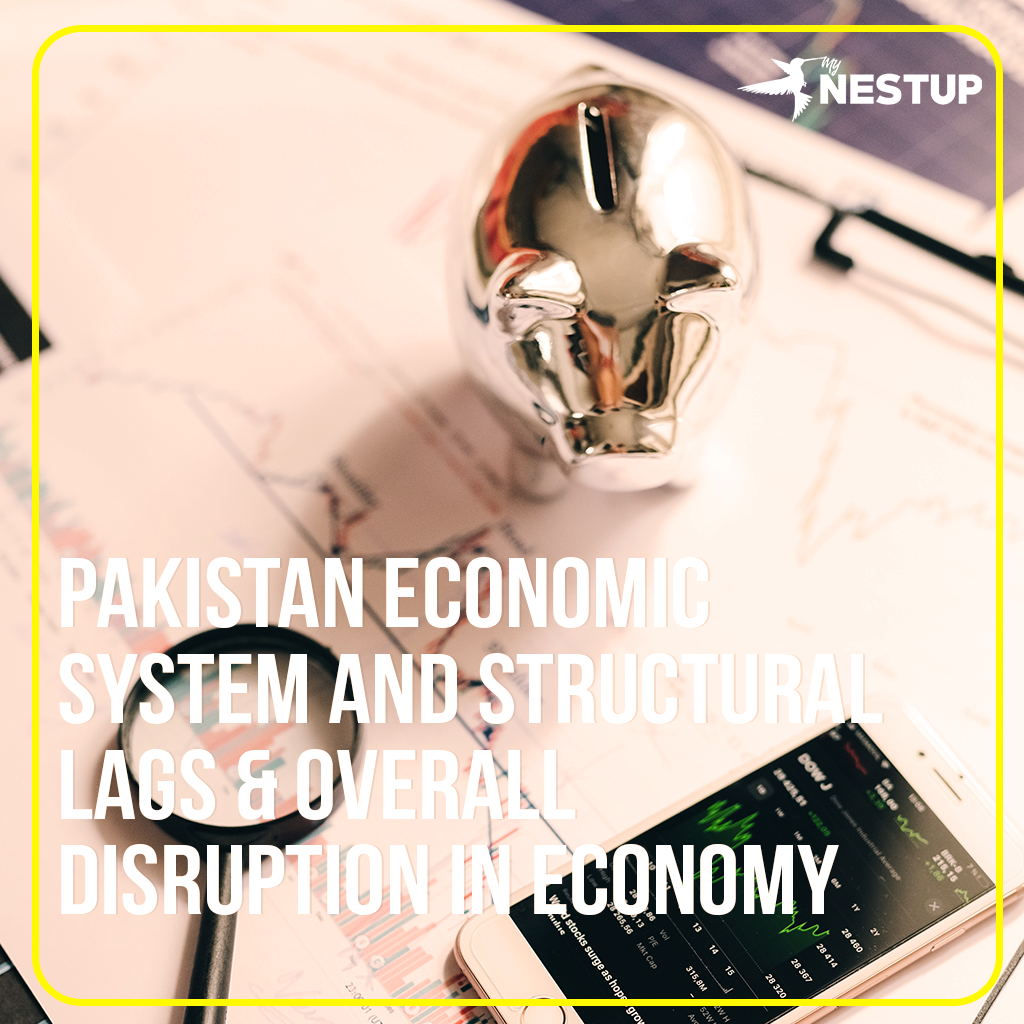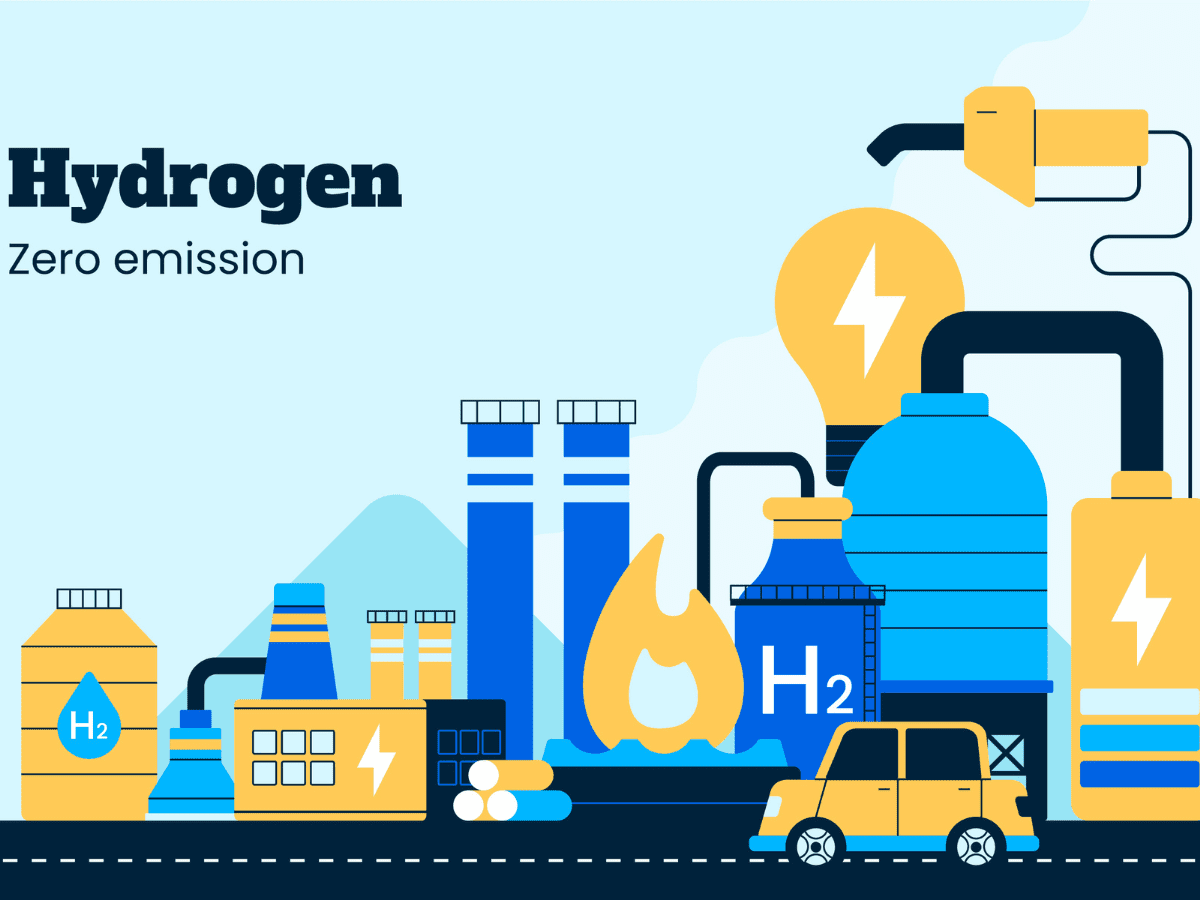Pakistan is an economic miracle of sorts. It has managed to grow at a rate of 5.8% and has a GDP of $195 billion. However, this economic growth masks deep-rooted problems in the country and challenges that will likely impact economic growth. Here are the main challenges and their impact on the economy:
Worsening trade imbalance: Pakistan imports more than it exports, which leads to a worsening trade imbalance.
High inflation: Inflation is a big issue in Pakistan, as it is in all developing countries. Inflation is largely due to rising prices of fuel and food as well as a shortage of foreign currency in the country.
Low investment: The government needs to invest in infrastructure and manufacturing, which is one of the main drivers of economic growth. However, there is little money for the government to do this.
Low savings: The savings rate in Pakistan is just 1.7%. This low savings rate leads to a low investment rate and worsens the trade imbalance.
Low productivity: The low productivity rate in the country is largely due to low investment and the lack of capital.
Pakistan is one of the most populous countries in the world. It is a diverse country, with a variety of religions, languages, and ethnicities. In a country with such diversity, it can be difficult to maintain economic growth. Pakistan’s economic development has been hindered by challenges such as poor infrastructure, a weak banking system, an inefficient tax system, and an underdeveloped capital market.
The banking system in Pakistan is often criticized for its lack of financial inclusion and the widespread use of cash.
The national tax system is not efficient and is not able to collect taxes from all sectors of the economy, limiting the government’s ability to provide social services.
The underdeveloped capital market in Pakistan hinders economic development by poorly allocating capital.
Poor infrastructure, corruption, and the lack of a rule of law all contribute to a lack of economic growth.
The economic system of Pakistan is based on the National Assembly, which is the legislative and the supreme legislative body. The National Assembly has two houses, namely the National Assembly of Pakistan and the Senate of Pakistan. The Senate is the upper house and the National Assembly is the lower house. The National Assembly shares its legislative powers with the President and the Prime Minister. The President is the head of state and the head of the executive branch while the Prime Minister is the head of the executive branch.
Pakistan is a country located in the South Asia region. Its population is over 190 million and it’s the 12th largest country in the world. The country is dependent on agriculture, which is the largest sector of the country’s economy. The sectors of the economy that contribute the most to Pakistan’s economy include the service sector, industry, and agriculture sector. The total GDP of Pakistan is $276.7 billion.
Foreign debt refers to the money owed by a country to foreign creditors, such as other governments, international organizations, or private lenders. As of 2021, Pakistan had a large foreign debt burden, which had accumulated over several decades due to a variety of factors, including economic mismanagement, military spending, and the inability to generate sufficient foreign exchange through exports.
The International Monetary Fund (IMF) has provided financial assistance to Pakistan in the past to help address its balance of payments difficulties and support economic reforms. In exchange for this assistance, the IMF typically requires countries to implement economic and financial reforms, such as reducing fiscal imbalances, implementing monetary tightening, and implementing structural reforms to improve the business climate.
In recent years, the IMF has been a key source of financing for Pakistan, with the country borrowing repeatedly from the organization to help address its balance of payments difficulties and support economic reforms. However, some have criticized the IMF’s lending programs, arguing that they often impose harsh austerity measures that can negatively impact the most vulnerable members of society.
Overall, the foreign debt of the IMF and Pakistan is a complex and ongoing issue that continues to impact the country’s economic and financial stability. While the IMF’s assistance has been critical in helping Pakistan address its economic difficulties, it is important to consider the long-term implications of foreign debt and the need for sustainable solutions to address the underlying economic challenges.
There are a number of factors contributing to these structural lags, including inadequate infrastructure, low levels of investment, political instability, and corruption.
Inadequate Infrastructure
One of the main reasons behind the structural lags in Pakistan’s economy is the lack of adequate infrastructure. Poor transportation networks, limited access to electricity, and inadequate communication systems make it difficult for businesses to operate effectively, particularly in rural areas. This limits the potential for economic growth, as businesses are unable to reach new markets or take advantage of new opportunities.
Low Levels of Investment
Another key factor contributing to the structural lags in Pakistan’s economy is low levels of investment. The country has struggled to attract foreign investment, due in part to perceptions of political instability and corruption. This has led to a lack of capital available to fund critical infrastructure projects and support small and medium-sized enterprises, which are critical to economic growth.
Political Instability
Political instability has also played a role in the structural lags in Pakistan’s economy. The frequent changes in government, political unrest, and the threat of terrorism make it difficult for businesses to plan for the future, and for investors to feel confident about putting their money into the country. This has created a cycle of economic instability, as businesses struggle to grow and attract investment, which further undermines the stability of the country.
Corruption
Finally, corruption is another major contributor to the structural lags in Pakistan’s economy. Corruption at all levels of government and society, including bribery, nepotism, and embezzlement, makes it difficult for businesses to operate effectively and creates an environment of distrust and uncertainty. This makes it difficult for the country to attract investment and support economic growth.
Uplifting the Economic System
To uplift its economic system, Pakistan must address these structural lags. This will require a concerted effort from the government, the private sector, and civil society.
The government must take steps to improve infrastructure, such as investing in transportation networks, access to electricity, and communication systems. It must also work to create a stable political environment, reduce corruption, and attract foreign investment.
The private sector must also play a role in uplifting the economic system. Businesses must work to create new jobs and opportunities for people and must invest in the country’s future.
Civil society must also be involved, as it is critical to ensure that the benefits of economic growth are shared equitably. This means working to address poverty, inequality, and other social issues, and ensuring that the voices of marginalized communities are heard.
In conclusion, while there are significant structural lags in Pakistan’s economic system, with a concerted effort from all stakeholders, it is possible to uplift the country’s economy and improve the lives of its people. By addressing key issues such as inadequate infrastructure, low levels of investment, political instability, and corruption, Pakistan has the potential to become a major player on the global stage and a prosperous, inclusive, and dynamic economy.






